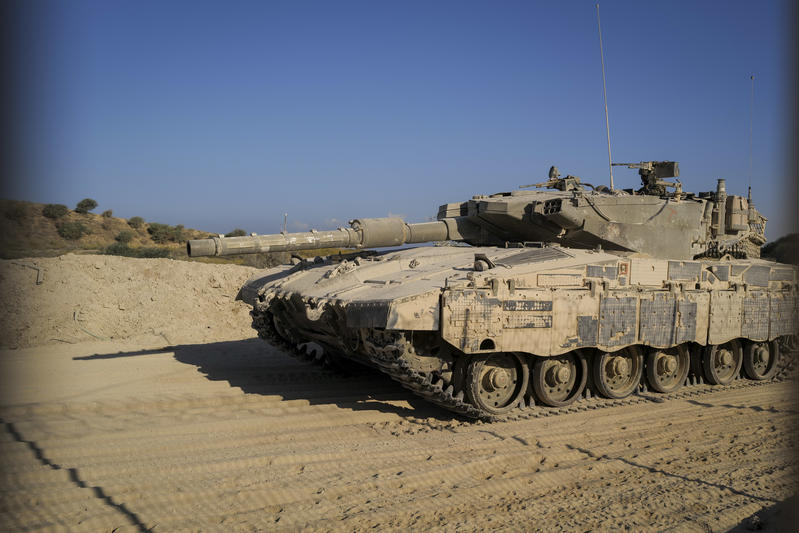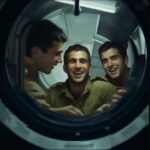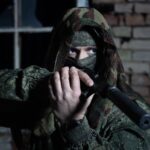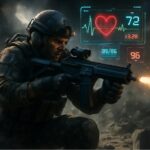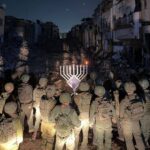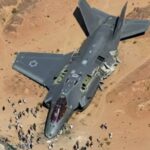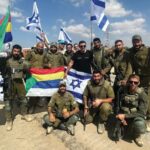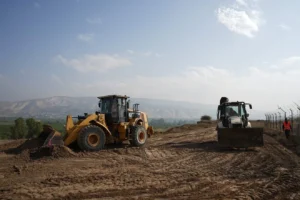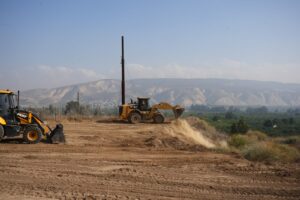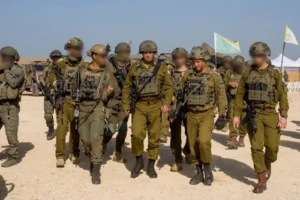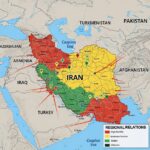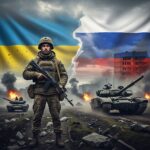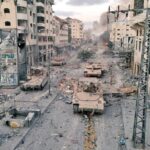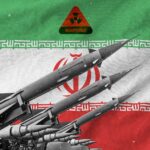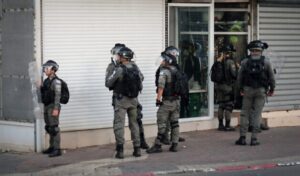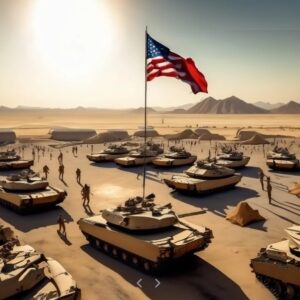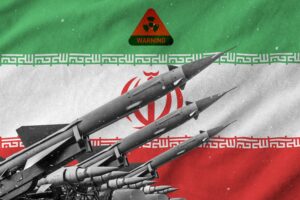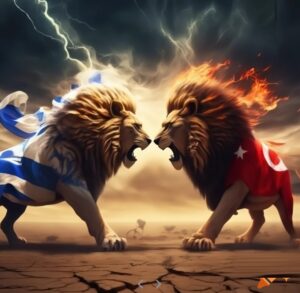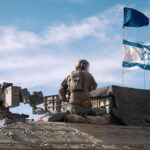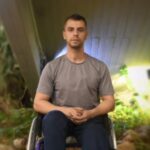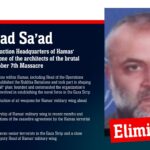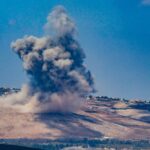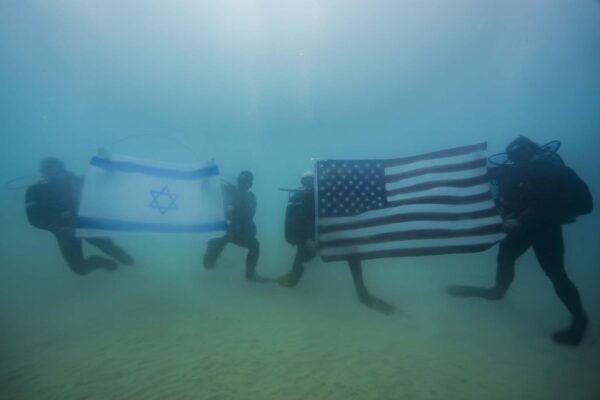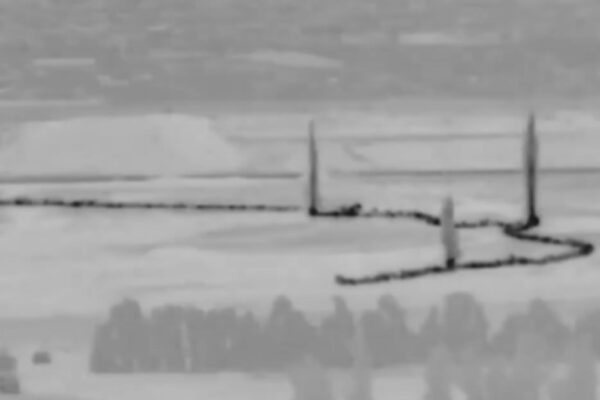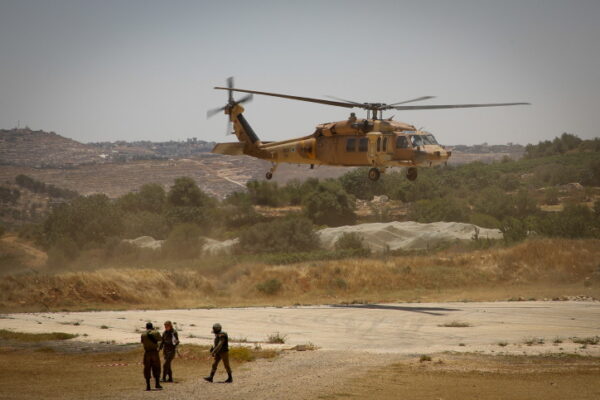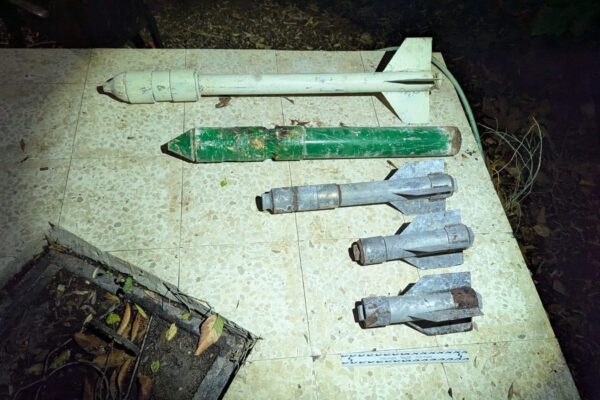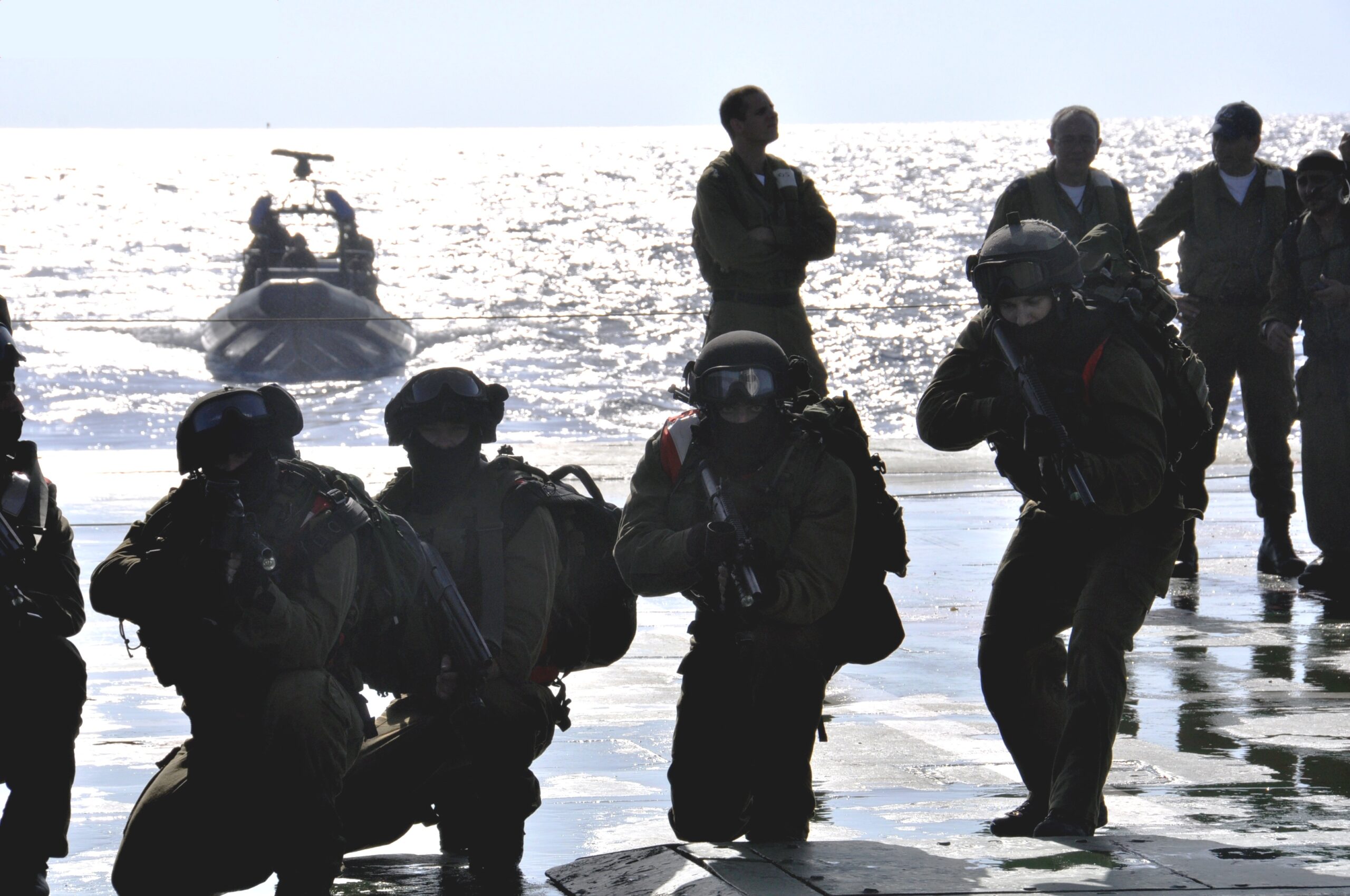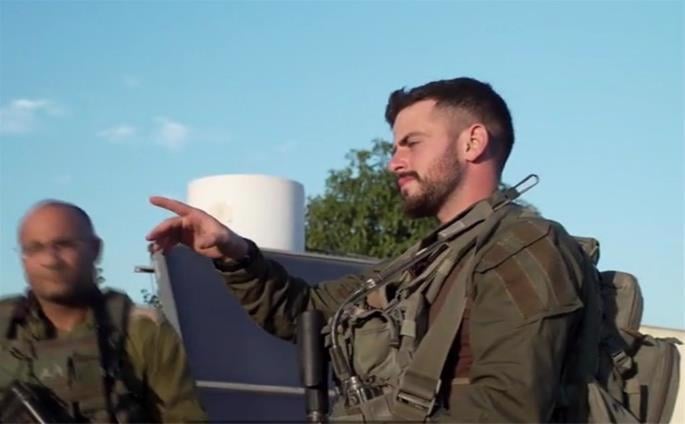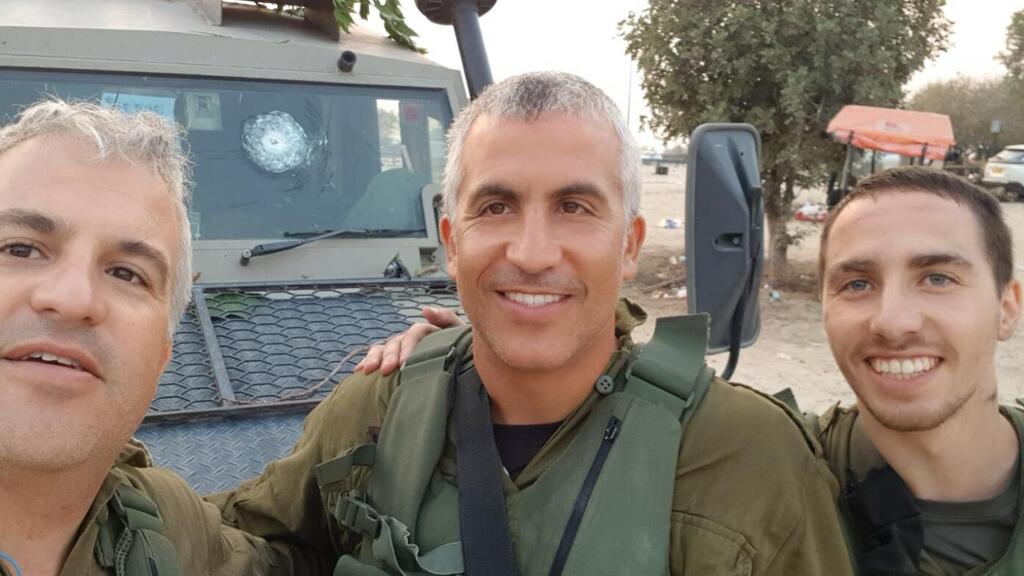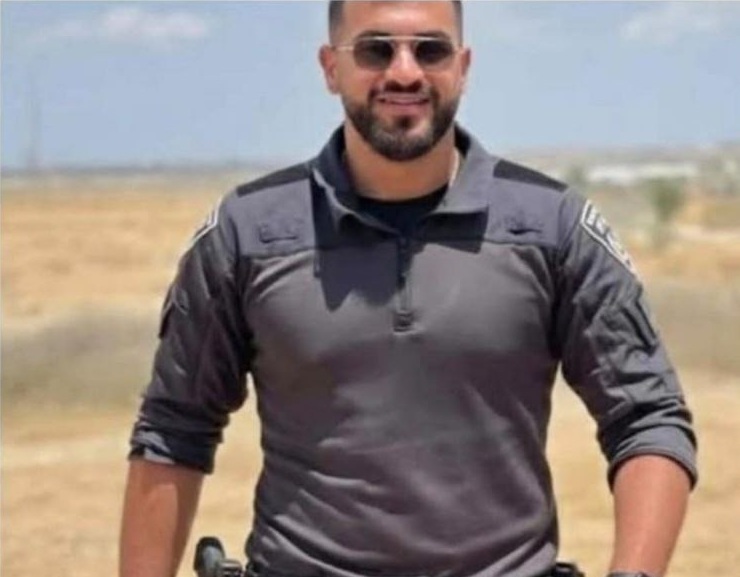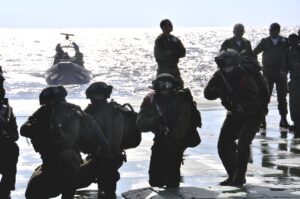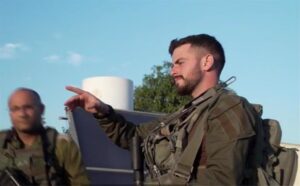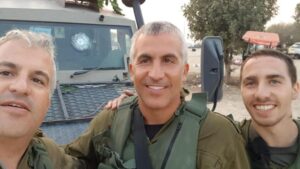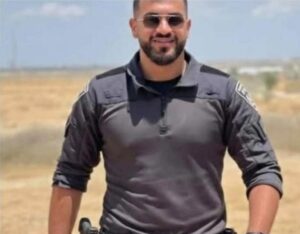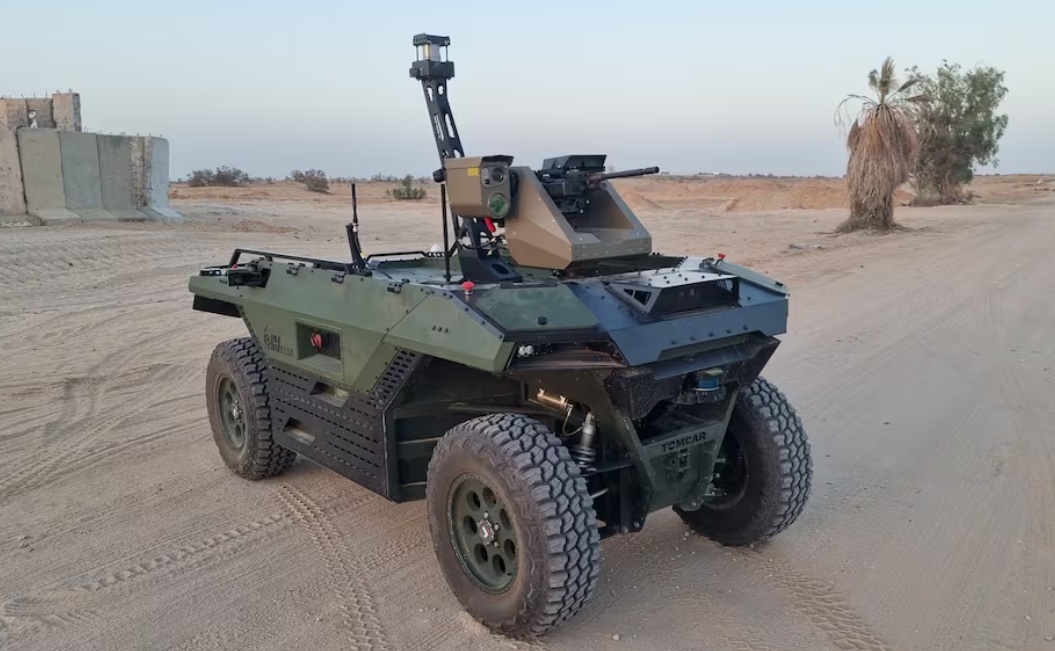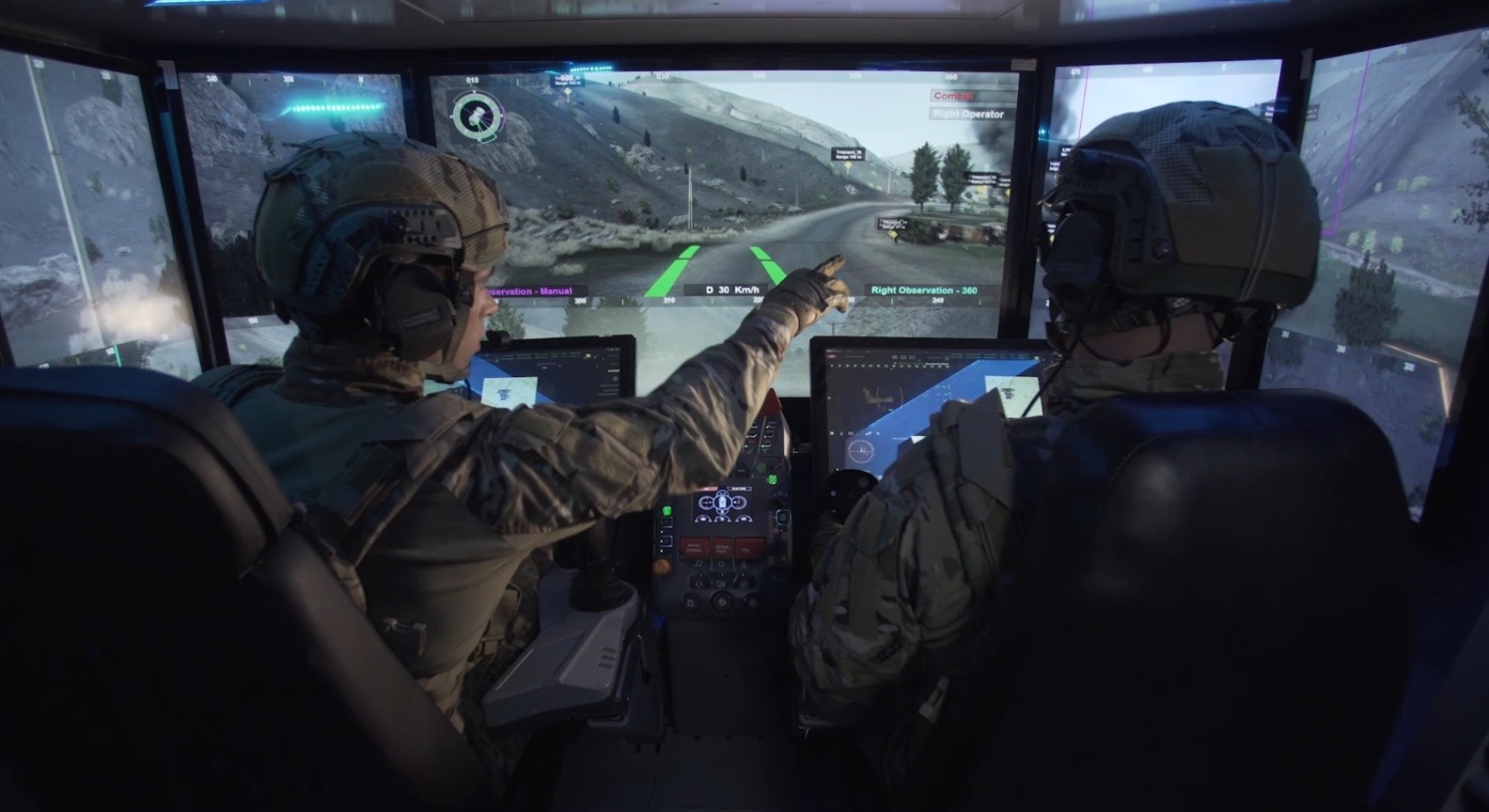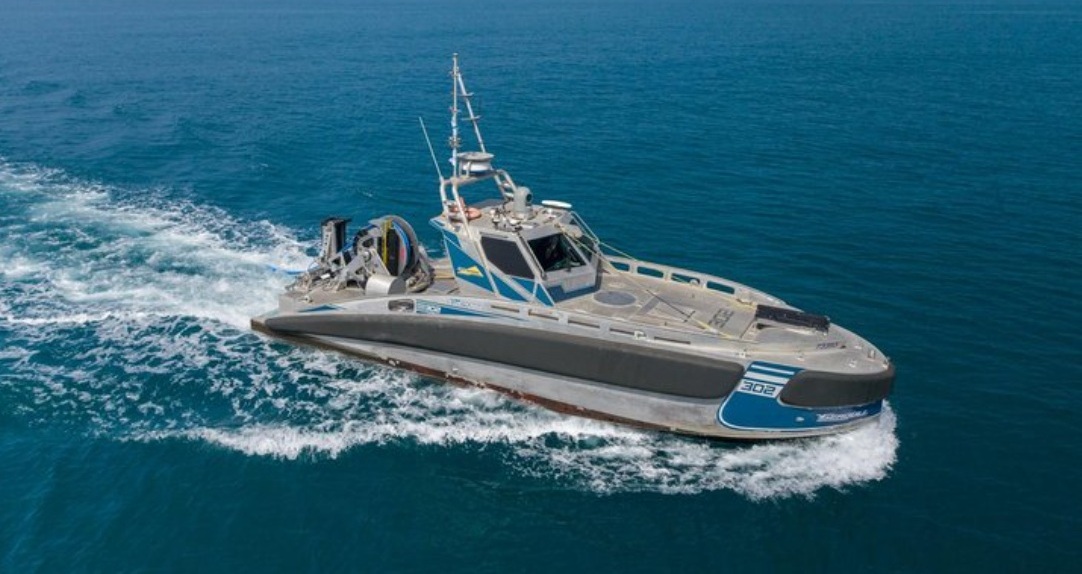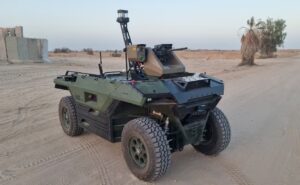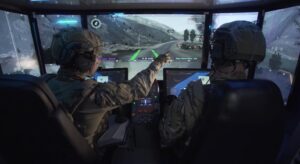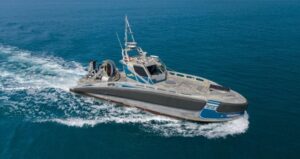Only 12 tanks were positioned in the sector of Battalion 77 on the night of Oct. 6–7. Company H, Hermon, held the northern sector, while Company V, Vulcan, held the southern area.
By Hanan Greenwood, JNS
The last recording of Capt. Omer Neutra, 22, is still chilling two years on, as if the black Shabbat were only yesterday.
Omer calls for help, and the war room replies with a spine-tingling answer that recalls the 1973 Yom Kippur War: “Forces are on their way.”
But there are no forces, and Neutra’s tank is surrounded by heavily armed terrorists. Crew 3 of the storied 77th Battalion, 7th Armored Brigade, keeps fighting.
With almost no ammunition, facing hundreds of terrorists, they display supreme courage to save civilians until the final moment.
Fragments of the brigade’s story have been published over the past two years.
We heard about tank driver Ido Somekh, who kept fighting after his entire crew was killed. We met Capt. Bar Zonshein, who had to make a terrible decision and fire at a pickup truck full of terrorists even as he understood there might be hostages inside.
“On Oct. 7 at 10 in the morning, I grabbed one of the brigade’s commanders in the middle of the chaos and asked what my job was. He said, ‘Leave me alone, we’re at war, like Yom Kippur.’ That is when I understood my role. This is what has to be done. Now we are writing the brigade’s legacy,” says Master Sgt. (res.) Avichai Berg, the 7th Brigade’s heritage officer.
Berg is an expert on the Battle of Latrun in the 1948-49 War of Independence, where the brigade was born. This time, he understood the mission was his. He would have to tell the story.
“I headed south and started running after the commanders. I interviewed them under fire. In Israel, we always remember to interview combat soldiers properly, only 30 years after a war, which has very little historical value. This time, we did it in real time. We documented history as it unfolded.”
The result is a soon-to-be-released film produced by the 7th Brigade (creator: Shai Noylander; cinematography: Master Sgt. Ariel Zandberg; interview editing: Karo Tzur). Twelve tanks against thousands of terrorists.
Fighting until the last round and then using the tracks to run over the murderers. Serving as a human shield, fully aware they would likely not make it out alive, to protect civilians.
Charging into the flames, moments before Hamas’s Nukhba terrorist force could win the day and change the course of the war.
Crews from two tanks were abducted into Gaza that awful day, with one survivor in each tank: the tank commanded by Neutra, which fought in the south, and the tank of Daniel Peretz, which fought and came under attack near Kibbutz Kfar Aza.
Only 12 tanks were positioned in the sector of Battalion 77 on the night of Oct. 6–7. Company H, Hermon, held the northern sector, while Company V, Vulcan, held the southern area.
Here are some of the stories:
In the film, 2nd Lt. Ido Biton describes his crew’s first engagement with terrorists.
“We fired a shell, blew the pickup into the air, and then you see another column of 70 or 80 terrorists just running with their rifles held high. We fire, fire, fire until the whole column starts to run back into the Strip.
“As we fired a shell, we got hit by an anti-tank round, and a drone dropped a grenade over my head. Because the hatch was shut, I’m not dead.”
Later, residents of Kibbutz Nir Yitzhak wrote that the tank crew saved their lives and prevented a massive incursion into their community.
At the same time, on the other side of the northern sector, the tank of Eliad Yaakov, a platoon commander in Company H, not far from Kibbutz Kfar Aza, also enters the fight.
In footage from Oct. 7, Yaakov’s crew is seen moments before moving to engage the terrorists. On the radio, Yaakov hears the sector commander, Maj. Shilo Har-Even, 25, later killed in action, ordering the troops to defend Kfar Aza.
On the way, they encounter terrorists directly in front of them. Yahav, the driver, runs one over. The rest are cut down by the tank’s machine guns.
When they reach the kibbutz, the crew tries to figure out what is happening. “We don’t see much, not even smoke.”
The force does not realize the terrorists are already inside the community and are carrying out a massacre. They begin a blocking battle. They kill dozens on the fence but do not understand that terrorists inside the kibbutz are committing atrocities.
Driver Ido Somekh, the sole survivor of Tank 2-B, has one of the day’s boldest stories. The crew had never been in a tank together before, but the commander did not let that stop them.
“Fire, fire, fire, fire,” commander Sgt. Shay Levinson is heard shouting on the net. “Run them over. Gunner, engage. Move.”
For 20 minutes, the tank fights dozens of heavily armed terrorists, then the tank is hit. The radio audio in the film is bone-chilling. “Somebody’s firing at us. RPG, left, hard,” Levinson yells amid the attack.
“Grenade to the right. Driver, stop. Everyone OK? Ahhh.” An anti-tank missile strikes the rear of the tank. Levinson was killed in the hit and dragged into Gaza. His body was recovered in a special operation this past June.
The gunner, Ariel Eliyahu, was killed. The loader, Ofir Testa, was nowhere to be seen. “I see fire in the turret, and everything is full of smoke. As far as I am concerned, I am alone in the tank at that moment, and I know I have to get out,” says Somekh.
After he realizes he has shaken off the terrorists, Somekh stops. Then he hears Testa for the first time. Testa has managed to cling to the outside of the tank and calls to him. “He was burned but functioning,” Somekh recalls.
Testa climbs into the tank and reports on the net. “This is 2-B. The commander is not in the tank. Our gunner is dead. Loader wounded. We don’t know our location.”
Eventually, they reach the site where a party had been going on moments earlier. The Nova music festival site.
“We did not know there had been a party here,” Somekh says. “We decide to block them with the tank, to stand between both sides.” One of the security guards asks Testa to hand him a weapon, but when Testa steps out, he is shot and killed on the spot.
Only Somekh remains alive. “I am alone in the tank, and I realize I am going to die too. There is no way to survive this. I decide I am not going to be abducted. I chamber a round, move to the loader’s area, aim at the cupola and wait.
“A terrorist arrives. I shoot him. The rest of the terrorists start throwing grenades into the tank, and I start jerking the tank around until it finally stalls.”
In extraordinary footage published about a year ago, the tank is seen running over cars on Route 232 in an effort to push the terrorists back. “I had to run some of them over to get forward,” he explains. Eventually, the tank grinds to a halt.
Somekh hides in a bush with two festival-goers, unconscious most of the time from his wounds. At 5 p.m., he is evacuated to Soroka Medical Center in Beersheva.
Zonshein’s crew near Kibbutz Kissufim
Just after 6:30 a.m., Vulcan Company commander Capt. Bar Zonshein receives a message from brigade commander Col. Asaf Hamami: “We are at war, do everything to get there.”
As ordered, Zonshein races toward Kibbutz Nirim and engages dozens of terrorists.
The brigade’s biggest problem was the collapse of command and control, because most of the senior commanders in the field were killed or wounded. A few company and platoon commanders ran the battle.
Zonshein faces an enormous dilemma of where to go. Near Kibbutz Ein Hashlosha, he is able to raise one of his crews on the net for the first time. It is Eyal Zapolsky, commander of Tank 3-B. “He had been Omer Neutra’s tank commander.”
A few hours earlier, Zapolsky had left the “White House” outpost not far from Nirim together with Neutra. When the two tanks reach the Burma axis, the service road along the border fence, Neutra tells Zapolsky to turn north, and he heads south.
Seconds after Zapolsky’s tank reaches the fence, they see two terrorists working on it and open fire. “Then about a minute later, we hear a huge boom inside the tank.” Zapolsky is thrown around and understands they have been hit by an anti-tank missile.
He evacuates his loader but refuses to be evacuated himself despite a neck wound. “I signaled to the medic ‘No’ with my head and shut the hatch behind me. We climbed up and took down the two terrorists who were on the fence.”
In an extraordinary step, Zapolsky commanded a tank without a loader. “I was hopping between stations. I would identify targets from the commander’s position, jump to the loader’s, load the shell, return to the commander’s post, then cue my gunner where to fire.”
Loading the first round, he discovered his palm was broken, but that did not stop him. Zapolsky’s crew killed between 50 and 70 terrorists near Kibbutz Nirim. One member of his crew later testified that the commander screamed in pain each time he rammed a shell.
At 10:30, Zapolsky’s crew reaches Kibbutz Nir Oz. “I figure if there are terrorists in Nirim, they are probably also in Nir Oz. So, I drive there on my own. We are the first force to reach Nir Oz. We get to the kibbutz’s yellow gate and see a very strange scene.
“As far as I can tell, the kibbutz looks completely normal. People on bicycles, people driving around in golf carts.” What he and his crew do not know is that these are terrorists and looters from Gaza.
At this point, Zonshein comes up on the net. The platoon commander updates him on his condition and on the missing crew member.
“He asks if I am fit to fight. I say yes, and he orders me to follow him toward the fence.” There, the two tank crews are exposed to a horrifying sight. Neutra’s tank is on fire. “It takes me half a second to reset and understand what I am seeing,” Zapolsky says.
In a chilling audio clip released in the film for the first time, Neutra is heard in his final moments until the recording stops. Terrorists swarmed the tank and murdered three crew members.
The bodies of Neutra, Shaked Dahan and Oz Daniel were abducted into Gaza. Nimrod Cohen is still being held by Hamas.
Zonshein and Zapolsky keep fighting, but ammunition runs low.
“We identify another infiltration of about 150 terrorists into Israel. We start to chase them, shoot whoever we can. When the ammunition runs out, we start running over whoever we can run over. There was a motorcycle heading back to the Strip. We gave it a small bump, and it fell, and suddenly a woman stands in front of us holding two little girls,” Zapolsky recounts.
“We discover she is a resident of Kibbutz Nir Oz, Bat-Sheva Yahalomi, and her daughters, and that in that moment, we rescued them from their captors.”
Epilogue
The story of some of the 12 tanks told here is not complete. Far from it. The 7th Brigade heritage team, led by Berg, collected many thousands of words and many hours of recordings. Soldiers were killed or abducted, leaving the story unfinished.
“This is a brigade that made history,” Berg says. “Twelve tanks faced 5,500 Hamas terrorists armed with RPGs, drones, grenades and rifles, and despite the breakdown and the failure, people need to know these combat soldiers fought tooth and nail.”
Matan Angrest and Nimrod Cohen are still being held in Gaza.
Nineteen combat soldiers from the 7th Brigade were killed in the battles on Oct. 7. No one knows how many lives were saved by the tankers’ stand, the few against the many.


